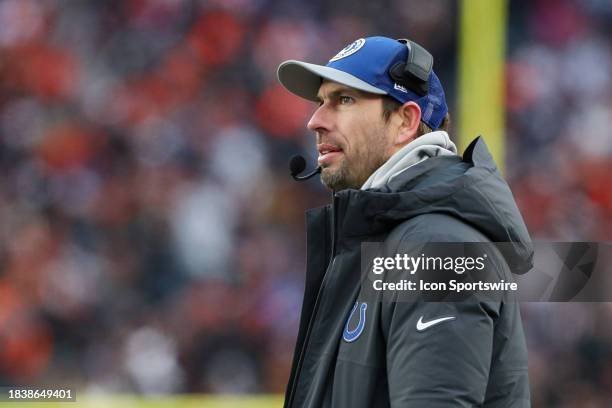The recent news that five key players from the Maryland Terrapins football team are set to begin the upcoming season with different teams highlights significant changes and challenges for both the players and the team itself. Such movements can have profound impacts on the dynamics of the team, the strategies of the coaching staff, and the expectations of fans and stakeholders.
Impact on the Maryland Terrapins Football Team
Losing five key players in one offseason is undoubtedly a significant blow to any college football program. These players likely filled crucial roles on both offense and defense, impacting the team’s performance and cohesion on the field. From star quarterbacks to defensive anchors, each departure leaves a void that the coaching staff must address strategically.
Firstly, the departure of players affects the team’s depth and experience. Building a competitive roster requires not only talent but also depth to withstand injuries and maintain performance throughout the season. Losing key starters challenges the team’s ability to maintain this depth and may require younger or less experienced players to step up sooner than anticipated.
Secondly, the team’s chemistry and cohesion are affected. Football teams rely heavily on teamwork and understanding between players, especially in executing complex offensive and defensive schemes. When key players depart, it disrupts the established relationships and requires the remaining players to adjust quickly to new roles and responsibilities.
Individual Player Perspectives
For the players themselves, moving to new teams represents both an opportunity and a challenge. They may be seeking better opportunities for playing time, exposure to professional scouts, or a change in coaching style that better suits their skills. However, adjusting to a new team environment, playbook, and coaching staff can be daunting.
Players leaving Maryland may face pressure to perform immediately in their new teams. This pressure can come from expectations set by fans, coaches, and even themselves. Excelling in a new environment requires not only physical prowess but also mental resilience to adapt to different coaching philosophies and playing styles.
Furthermore, the decision to transfer reflects broader trends in college football. The transfer portal has become increasingly active, allowing players more flexibility to seek new opportunities without the usual constraints. This trend underscores the importance of player autonomy and the competitive nature of college football recruiting and retention.
Coaching and Recruiting Challenges
For the coaching staff at Maryland, the departure of key players necessitates swift action in recruiting and team development. Coaches must assess the remaining roster’s strengths and weaknesses and identify potential recruits or transfers who can fill the gaps left by departing players.
Recruiting becomes even more critical as coaches strive to maintain competitiveness in their conference. Identifying and securing talented high school recruits or transfer athletes who fit the team’s culture and system is essential for long-term success. The ability to adapt and recruit effectively in response to player departures is a hallmark of successful coaching staffs in college football.
Fan and Stakeholder Reactions
The departure of key players can also impact fan morale and support for the team. Fans invest emotionally in their favorite teams and players, often forming strong attachments to star athletes who embody their team’s identity. When these players leave, fans may experience disappointment or frustration, especially if they perceive the departures as detrimental to the team’s prospects for the upcoming season.
Stakeholders, including university administrators and donors, may also monitor these developments closely. The success of the football program can have broader implications for the university’s reputation, alumni engagement, and financial support. Therefore, how the coaching staff and remaining players respond to these departures can influence perceptions of the program’s resilience and long-term viability.
Conclusion
In conclusion, the news of five key players from the Maryland Terrapins football team starting the upcoming season with different teams underscores the dynamic nature of college football. This development impacts the team’s depth, cohesion, and competitive prospects, while also presenting opportunities and challenges for the players themselves. Coaches must adapt quickly, recruiting becomes even more crucial, and fan reactions can influence the broader perception of the program. Ultimately, how both the team and the individual players respond to these changes will shape their respective futures in college football.









